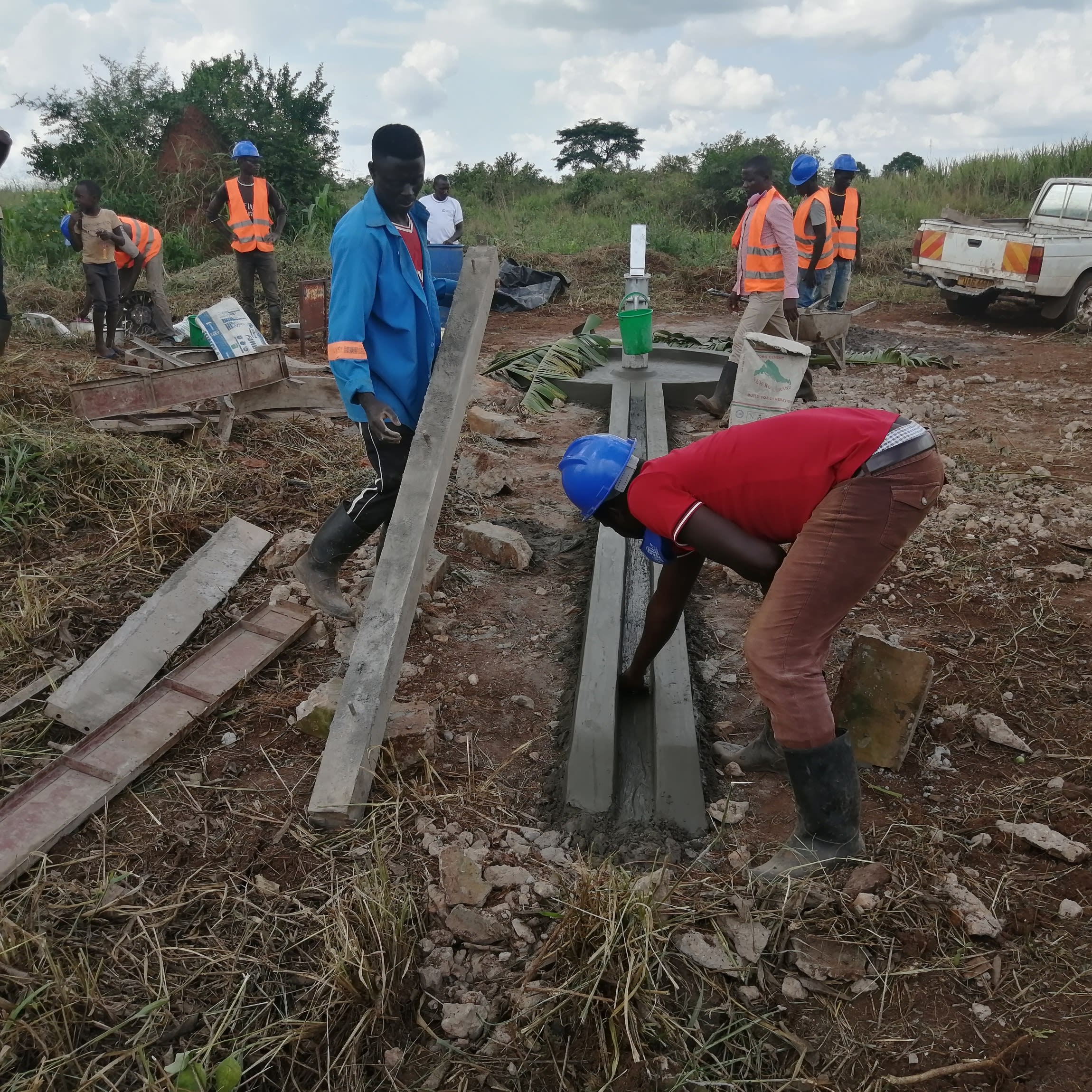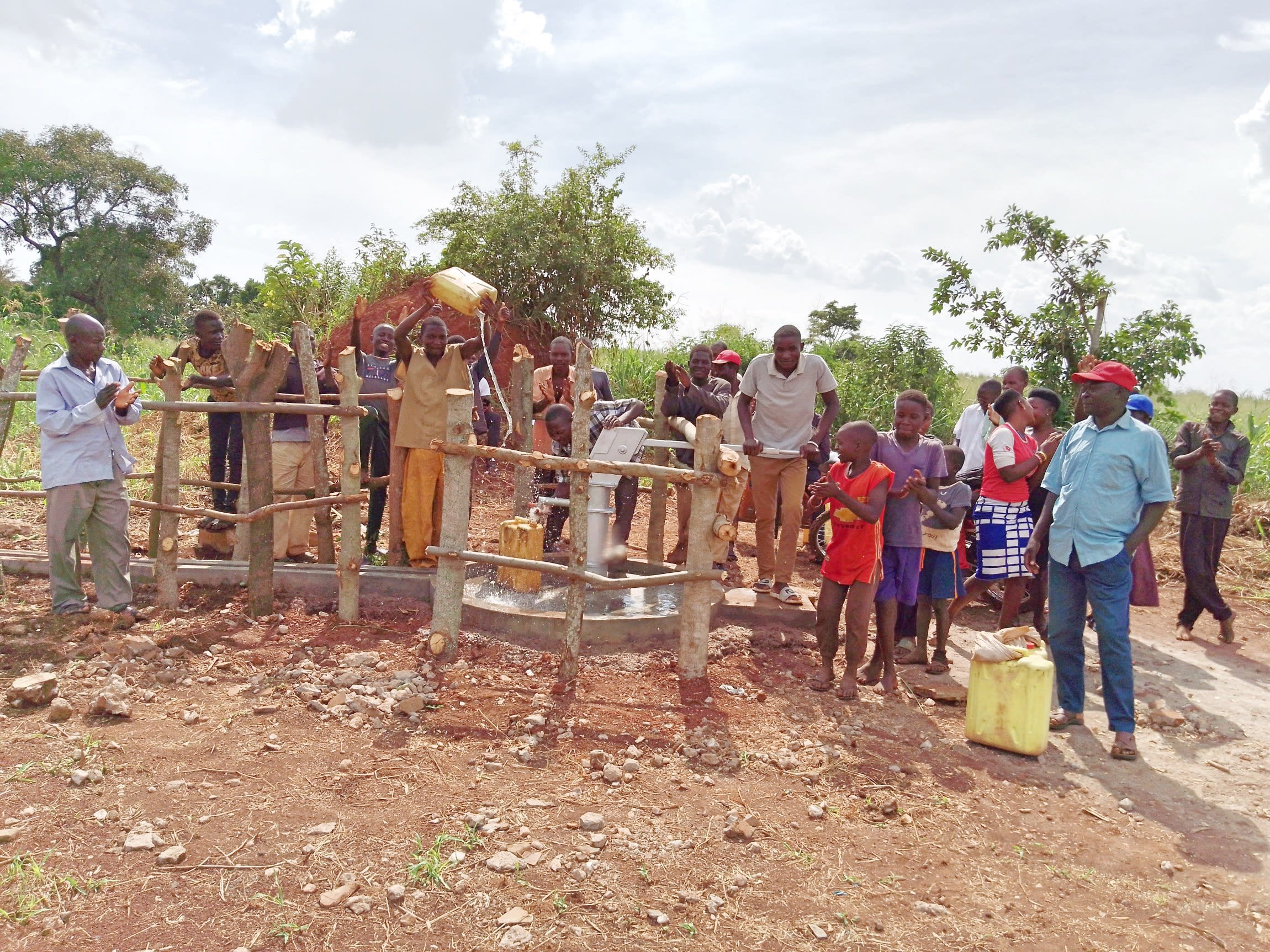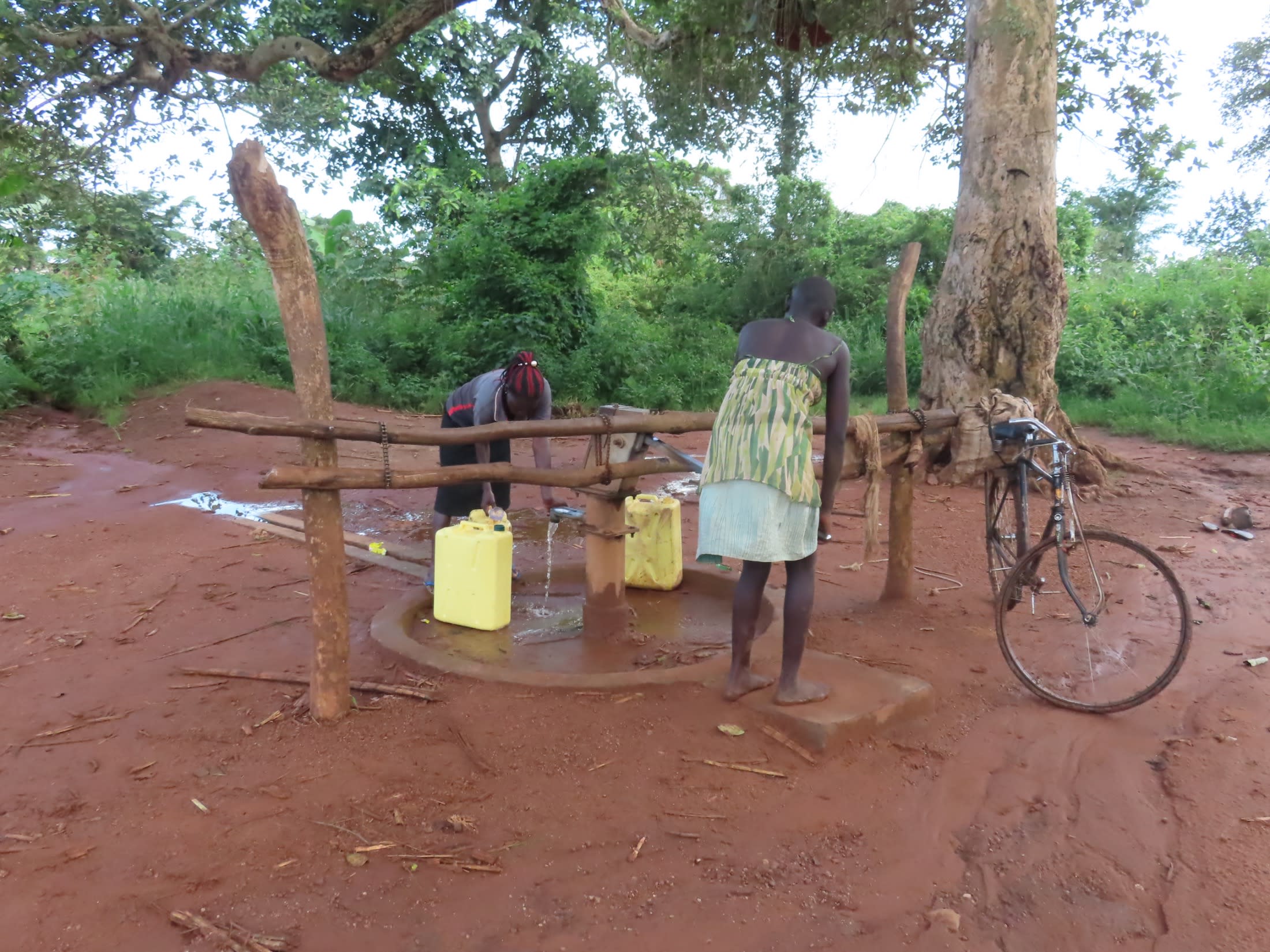The area around the Kyamaiso Community is flat, with undulating plains covered mainly with food crops and sugarcane plantations. The most common livelihood for people in this region is farming.

The typical day consists of waking up at 6 AM to work in the garden. Due to water scarcity in the village, some opt to collect water before going to the garden. The men mainly have to collect water which is easier for them because they use bicycles and motorcycles as compared to the women who walk very long, tiring distances. After spending the morning in the garden, they return home around noon. The women prepare lunch, and it's served by 2 PM. After lunch, they rest until 3 PM, then head back to the gardens or collect more water. In contrast, others do domestic activities like washing clothes, collecting firewood, and preparing supper. Most return home in the early evening. Between 7-9 PM, they have time together with their families, watch TV or tell stories. Supper is served, and they retire to bed by 10 PM.
The major challenge facing the people in this community is the lack of water compared to the large population's demand for water. People have to move very long distances searching for water since the available water points are always overcrowded. Above all, the only health center in this community doesn't have water. Patients and their attendants always struggle to get water whenever they are admitted to the health center.

Asimwe Christopher, the village chairperson, shared how the current water situation affects him, "Due to the breakdown of the alternative water source, there has always been a lot of overcrowding at the functional point leading to frequent breakdowns. A lot of time is wasted in search of water instead of doing other productive things. In an attempt to resolve this, we are forced to travel to other villages to collect water which is very expensive in the long run."
Here’s what we’re going to do about it:
Rehabilitated Well
We are going to restore water to the broken-down borehole. Since this water point is located at the center of the village and easily accessible by the majority of people, unlike the springs which are located at the far ends of the village, when this borehole is restored to its original status, it will provide the community with easy access to clean and safe water. We will remove the old pump, clear out the well, reinstall a new stainless steel pump, and build a new well pad to protect the water.
Training
Training’s main objectives are the use of latrines and observing proper hygiene practices since these goals are inherently connected to the provision of clean water. Open defecation, water storage in unclean containers, and the absence of handwashing are all possible contaminants of a household water supply. Each participating village must achieve Open Defecation Free status (defined by one latrine per household) before the pump installation for a shallow hand-dug well.
This social program includes the assignment of 1 Community Development Officer (CDO) to each village. The CDO encourages each household to build an ideal homestead that consists of a latrine, handwashing facility, a separate structure for animals, a rubbish pit, and a drying rack for dishes.
We also implement the Community-Led Total Sanitation (CLTS) approach with each of our village partners. This aims to improve the sanitation and hygiene practices and behaviors of a village. During these sessions, village leaders naturally emerge and push the community to realize that the current patterns of individual households – particularly the practice of open defecation – are unhealthy and affect the entire village. CLTS facilitates a process in which community members realize the negative consequences of their current water, sanitation, and hygiene behaviors and are inspired to take action. Group interactions are frequent motivators for individual households to build latrines, use the latrines, and demand that other families do the same.
Improved Sanitation
The aim is that all households own an improved latrine. Many families do not use a toilet but use the bush. Due to open defecation, feces are spread all over the village. This leads to waterborne diseases and contamination of groundwater and surface water. Our aim is that the community can live a healthy life free of preventable diseases. We endeavor that people will have both access to sustainable, clean water and access to sanitation at the end of our presence in the community. We have now organized families to form digging groups for latrine construction and empowered them with the tools they will need.

 Borehole Well and Hand Pump
Borehole Well and Hand Pump

























